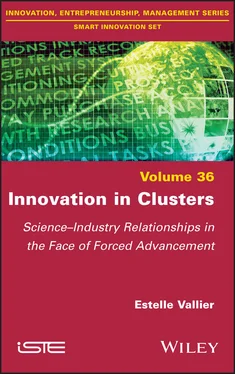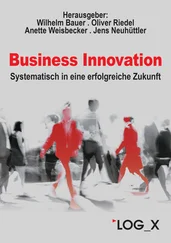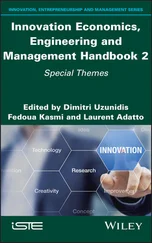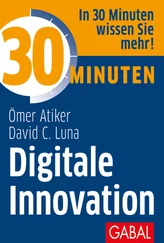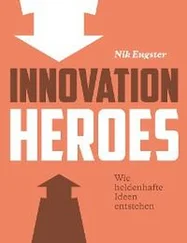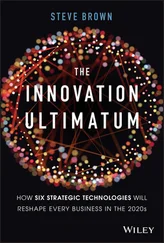Table I.1. Summary of data collected
| Method |
Material |
Period |
| Observations |
Research Officer attached to the General Management of Genopole |
November 2013 to April 2017 |
| Consultation on expectations in terms of coordination |
534 responses from cluster workers |
February to May 2014 |
| Documentary and archival data |
Genopole archived documents and internal database |
May 2014 to April 2017 |
| Semi-structured interviews |
45 interviews |
May 2014 to April 2017 |
| Individual questionnaire for network analysis |
102 responses from cluster workers |
February to April 2016 |
| Organizational Questionnaire for network analysis |
32 responses from laboratory and company directors in the cluster |
February to April 2016 |
Since clusters cover multi-scale (organizational and individual), as well as historical and institutional dimensions, methodological diversity appears to be essential in order to understand a plurality of sociological mechanisms. Taking only a single approach does not make it possible to determine a set of dynamics, as the authors of the article focusing on the social capital of entrepreneurs (Lanciano-Morandat et al . 2009) point out in their conclusion. Indeed, the articulation of empirical methods (monographs, interviews, network modeling, archives, etc.) allows us to move away from current representations of clusters and to better support certain hypotheses (Forest and Hamdouch 2009, p. 17).
Within the context of this book, the methodology used allows for a better analysis of the hazards of day-to-day cooperation. Indeed, the structure of the book is based on the tension, mentioned above, between the conceptualization and concretization of the cluster. The first part reviews the socio-historical dimension of the cluster and the contemporary diffusion of its precepts on an international scale, in the French context and in a local context in Île-de-France. The second part questions the operability of the model within a particular biocluster by analyzing the resistance to cooperation in the various laboratories and companies.
I would like to thank my colleagues at the Centre Pierre Naville: Émilie Balteau, Philippe Brunet, Fabrice Colomb and Nial Tekin, for their advice and proofreading, so that the original thesis could be transformed into a book. I would also like to thank the teams at Genopole for opening their doors to me and facilitating the investigation. Finally, thanks to Blandine Laperche and Dimitri Uzunidis of the Innovation Research Network for their reconnaissance and support in the publication of this book.
1 1 Formula found on the back cover of Gaglio (2011).
2 2 The Minister of Higher Education at the time.
3 3 Since 2008, the CIR has been calculated as follows: it is equal to 30% of research expenditure less than or equal to 100 million euros and equal to 5% of expenditure above 100 million euros.
4 4 Report to the Assemblée’s nationale’s Finance Commission, “L’évolution et les conditions de maîtrise du crédit d’impôt en faveur de la recherche”, Cour des Comptes, July 2013.
5 5 Some companies, such as Intel and Sanofi, have been singled out in the press for laying off employees while benefiting from CIR.
6 6 The risks of fraud linked to the size of the system were pointed out in the report of the Court of Auditors and, in 2014, a Senate Commission of Inquiry voted not to publish a report on the reality of the deviation from CIR.
7 7 Arnaldo Bagnasco, Carlo Trigilia, Sebastiano Brusco and Giacommo Beccatini.
8 8 Expression referring to the regions of Florence, Bologna, Venice and Treviso, between the prosperous and industrial Italy of the North and the poorer Italy of the South.
9 9 On this point, see the article by Étienne Vergès on the links between the socialist governmental majority and research valorization policies, from the Act of July 15, 1982, to the Fioraso Act of 2013: Vergès E. (2014). Normes de la recherche scientifique, Cahiers Droit, Sciences et Technologies [Online]. Available at: http://cdst.revues.org/346[Accessed September 30, 2016].
10 10 The 2005 Finance Act defines competitiveness clusters as “groups of companies, higher education institutions and public or private research organizations within the same territory, committed to work in synergy in order to implement economic development projects for innovation” (Finance Act No. 2004-1484 of December 30, 2004).
11 11 This metaphor of a recipe to be reproduced by combining the right ingredients is present in the political discourse around clusters, as well as in that of the business leaders and laboratory directors who operate in these spaces.
12 12 To these three basic ingredients could be added, depending on the space, companies providing support functions (legal, IT, etc.), associations, hospitals (in the case of health clusters), administrations or public bodies, etc.
13 13 https://www.siv.archives-nationales.culture.gouv.fr/siv/rechercheconsultation/consultation/ir/pdfIR.action?irId=FRAN_IR_019764.
14 14 In their triple helix concept (three helices representing academia, industry and government), Leydesdorff and Etzkowitz consider that the central space where the helices overlap forms hybrid organisms that are intended to make the articulation of the three spheres more effective. This concept will be further detailed in Chapter 1.
15 15 http://www.cnrtl.fr/etymologie/interm%C3%A9diaire.
16 16 The sampling method and data collection are detailed in Chapter 6.
17 17 Age, gender, profession, CSP, seniority, reasons for working on the site, the different sociability places or events and the type of relationships they have within the cluster.
PART 1 Persistence and Renewal of the Cluster Concept in Contemporary Innovation Policies
1
From Industrial Districts to Knowledge Valleys: the Legacy of the Cluster
Innovation clusters are often presented as a new concept marking a break with a past, where companies and laboratories were not grouped together geographically and encouraged to interact. However, when we take a closer look at the history of spatial concentrations of industrial and technological activities, we realize that their contemporary character is not limited to the 21st century. On the contrary, the first examples date back as far as the 19th century. Whether we are talking about purely theoretical concepts or existing configurations, two types of cluster ancestors can be identified: the purely industrial concentrations, that can still be found today, and those that attempt, as early as the middle of the 20th century, to bring science and industry together within technological clusters.
1.1. The industrial district: the oldest ancestor of the cluster
Contemporary literature on innovation clusters often mentions that they were inspired by the industrial district, a concept dating back to the 19th century, the most significant examples of which emerged in 20th-century Italy.
1.1.1. The economic approach of industrial atmosphere
It is interesting to trace the history of the cluster back to the British economist Alfred Marshall, one of the fathers of the neoclassical economics. He developed the concept of the industrial district in one of his reference works, Principle of Economics , published in 1890. According to Marshall, there are two potential industrial organizations:
On the one hand, the organization under the sole direction of the technical department integrated within a large enterprise. On the other hand, market and face-to-face (reciprocal) coordination of a disintegrated social division of work among smaller enterprises specialized in large segments of the production process (Benko et al . 1996, p. 120).
Читать дальше
